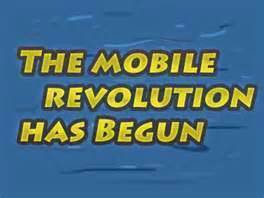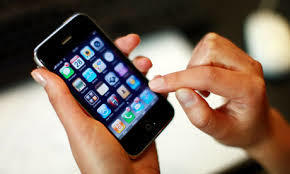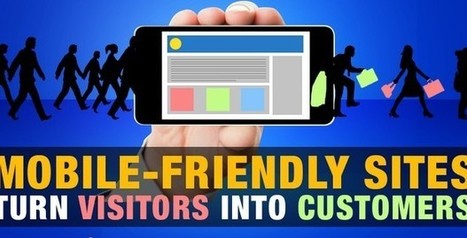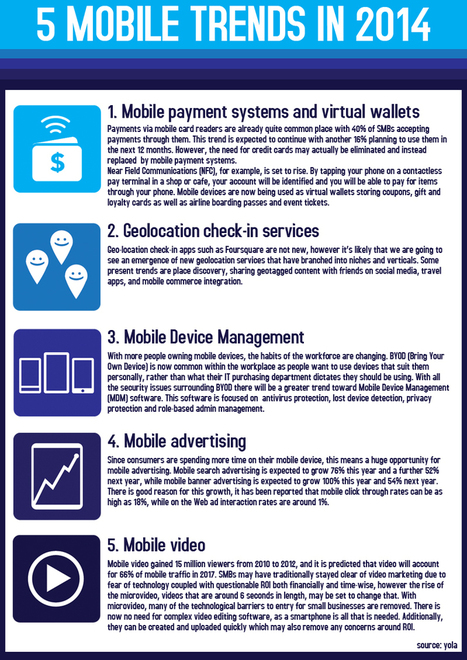Get Started for FREE
Sign up with Facebook Sign up with X
I don't have a Facebook or a X account
 Your new post is loading... Your new post is loading...
 Your new post is loading... Your new post is loading...
No comment yet.
Sign up to comment
|

Email Templates's curator insight,
January 24, 2015 3:43 PM
Mobile communication and mobile connectivity are changing the way business communicators plan, create, and distribute messages. Mobile devices are overtaking PCs as the primary digital communication tool for millions of consumers, employees, and executives, and businesses that don’t get mobile-friendly in a hurry will fall behind. For business communicators, the shift to mobile involves much more than the constraints of small screens and new input technologies. The ability to reach people anywhere at any time can be a huge advantage, but the mobile communication experience can also be a major challenge for senders and receivers alike. It requires new ways of thinking about information, message structures, and writing styles. With the notion of radical connectivity, for example, many communication experiences are no longer about “batch processing” large, self-contained documents. Instead, communication is taking on the feel of an endless conversation, with recipients picking up smaller bits of information as needed, in real time, from multiple sources. As we did when social media began changing the communication landscape, we will be providing in-depth coverage of mobile communication in our textbooks, beginning with our upcoming editions. Business Communication Today, 13th Ed., and Business Communication Essentials, 7th Ed., will be available in January, and Excellence in Business Communication, 12th Ed., will be available in June. In anticipation of these new editions, we’ll be blogging about the impact of mobile on business communication and the ways you might consider covering mobile in your courses. We've also prepared a series of infographics that preview some of our new topic coverage. I welcome your thoughts, suggestions, and questions. You can contact me a cbovee@businesscommunicationblog.com. |



























“'Mobile is the most disruptive technology that I have seen in 48 years in Silicon Valley,' said Joe Schoendorf, Partner at Accel Partners, USA. What telecom companies have called the 'last mile' – the connection to the individual at home – should actually be regarded as the first mile, given the power of mobile technology, he argued."
Only Bovee and Thill provide fully integrated coverage of mobile business communication, unlike all other business communication textbooks.